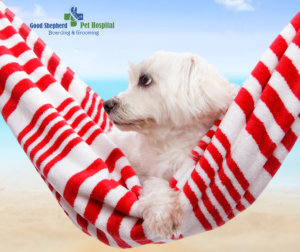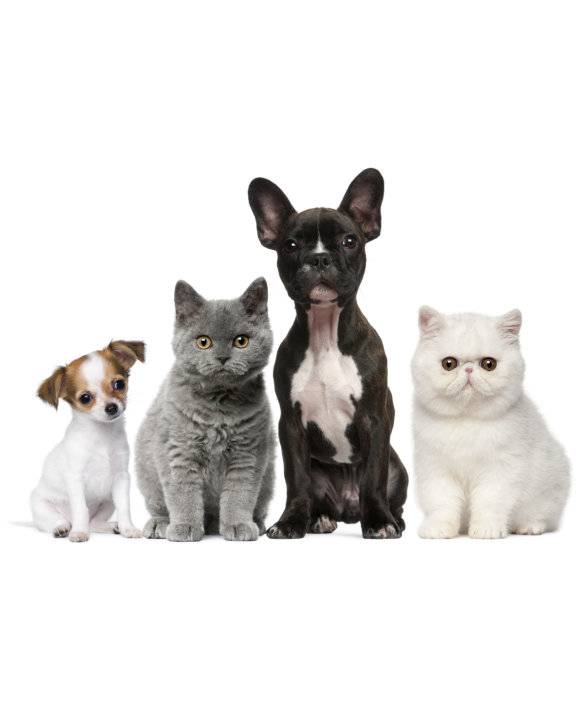 How Can I Prevent Heatstroke in Pets?
How Can I Prevent Heatstroke in Pets?
know common signs of heatstroke and take preventive measures to keep your pet cool through the dog days of summer.
What is heatstroke in pets?
Heatstroke, also known as overheating or heat exhaustion, occurs when your pet’s body temperature rises above the normal range of 100 to 102.2 degrees Fahrenheit. Dogs and cats have few sweat glands and cannot cool off by sweating like humans, so they overheat more easily. Pets mainly cool off by panting, as moisture evaporation from the oral cavity helps lower body temperature. Heatstroke most commonly occurs when pets are left outside on hot days, but also can develop if:
- There is high humidity, even if the temperature is lower
- Your pet doesn’t take breaks from playing to cool off
- Your pet doesn’t have adequate access to water in warm temperatures
- Your pet is left in a closed-up house on a hot day with no ventilation or air conditioning
- Your pet is left inside a car, even if it does not seem hot outside
Heatstroke is a dangerous health condition that can cause death if warning signs are not recognized immediately.
What are heatstroke signs in pets?
As you enjoy a game of fetch or frisbee with your pooch, keep a close eye on him or her for overheating signs, such as:
- Excessive panting
- Excessive drooling
- Difficulty breathing
- Vomiting
- Diarrhea, with or without blood
- Weakness, lying down and unwilling (or unable) to get up
- Sudden collapse
- Collapse and/or loss of consciousness, Dizziness or disorientation
- Seizures
- Anxiety
- Dark red gums
- Dry mucus membranes (specifically the gums)
- Increased rectal temperature
Act immediately if your pet shows any of these signs. Once your pet begins to overheat, heatstroke progresses quickly.
Prevention
- Never leave your pet unsupervised outside on hot days. While you are away, keep your pet indoors with air conditioning.
- Never leave your pet alone in the car on a hot day, regardless of whether the windows are open; even if the weather outside is not extremely hot, since temperatures can rise to dangerously high levels in a matter of minutes.
- While outside, ensure your pet has access to freshwater, shade, and shelter away from direct sunlight. Avoid vigorous exercise on hot days.
- Take your daily walk or jog in the morning, before temperatures reach dangerous levels.
- On hot days, keep brachycephalic breeds, elderly and obese pets, and those with heart or lung disease inside your air-conditioned home except for short outdoor bathroom breaks.
CAUTION Using very cold water or cold water-soaked blankets can actually be counterproductive. Cooling too quickly and especially allowing your pet’s body temperature to become too low can cause other life-threatening medical conditions.
Should your pet experience an emergency, contact us immediately at 813-920-0303





